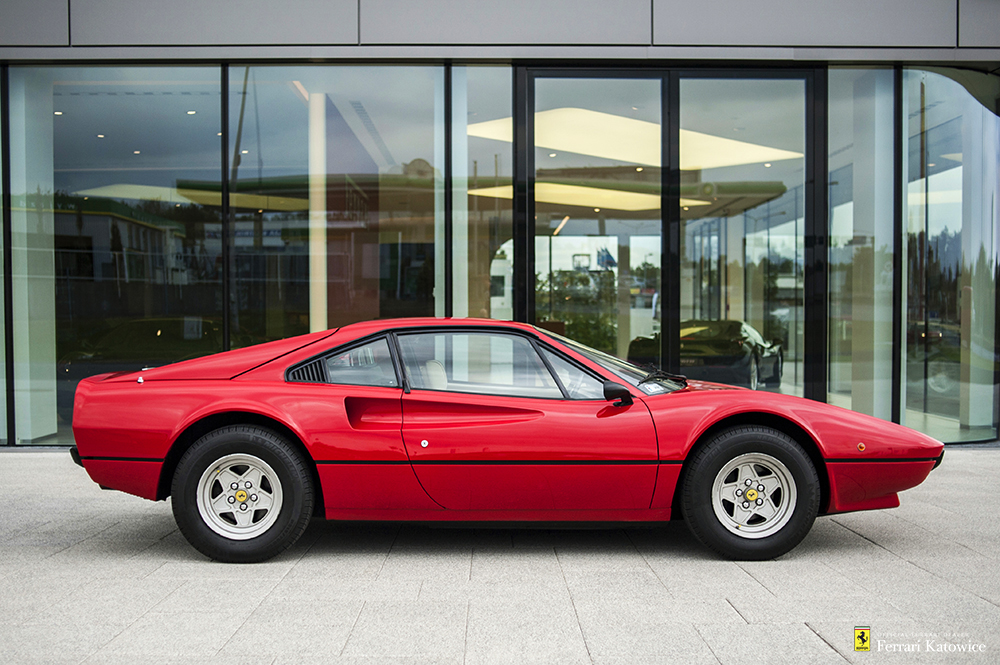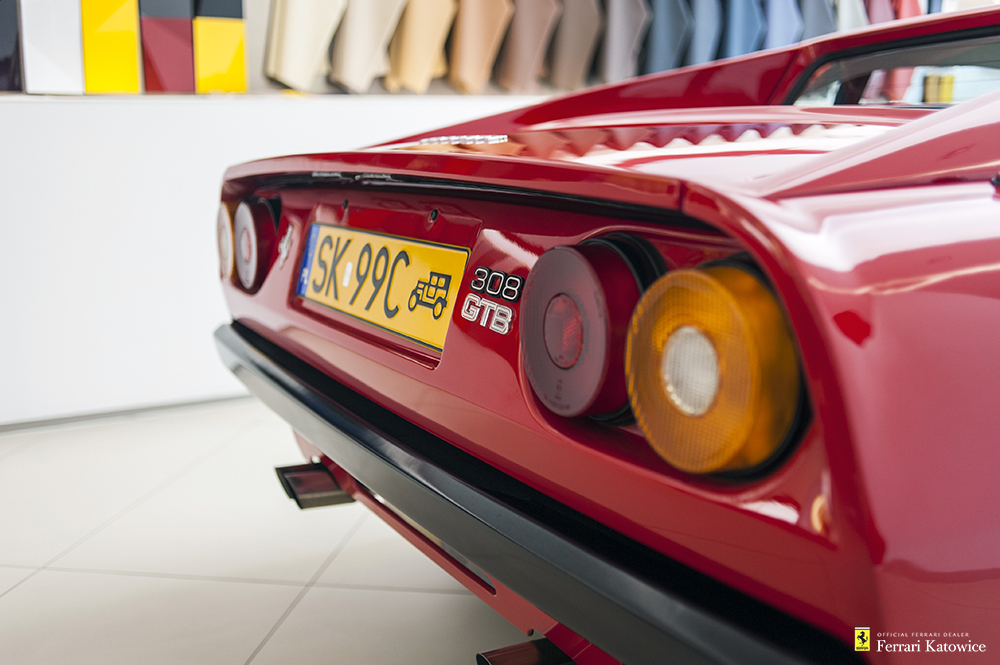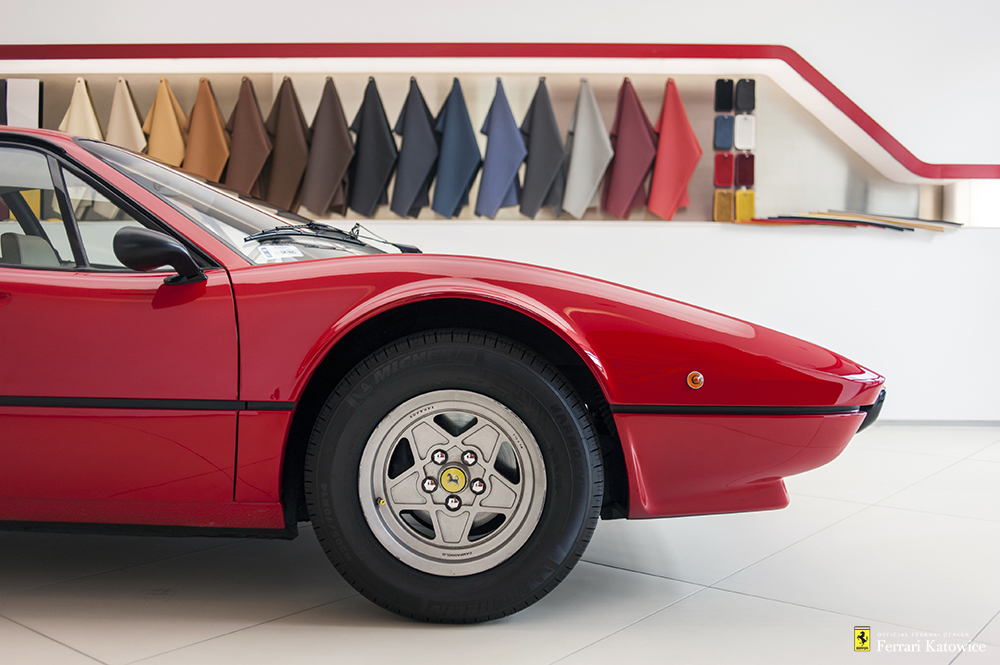The 1975 Paris Motor Show saw Ferrari unveil a new model, the 308 GTB. The lightweight coupé, with a centrally located V8 engine, was a new addition to the Maranello-based brand’s range. And it proved a great success, launching a crucial line of cars, culminating in the launch of the SF90 Stradale.
Enzo Ferrari wanted to maintain his brand’s image based on the 12-cylinder Gran Turismo, with the engine positioned at the front. On the other hand, however, the demand for a smaller, sportier car with a rear-mounted engine was growing. In the end, he opted for a compromise: the 1960s saw the Maranello plant commence the production of a lightweight coupé powered by a centre-mounted V6 engine. Yet there was no sign of a Ferrari logo on it — the 206 GT was marketed as Dino.

The 206 GT and its more powerful successor, the 246 GT, were extremely popular with customers. In 1973, a slightly larger car was presented, with a V8 engine and a 4-seater body designed by Bertone. The Dino 308 GT4 met with a mixed reception but sold reasonably well in the USA. The US emissions regulations meant that the Dino 308 GT4 was the only Maranello car present on the market there in the mid-1970s. It was therefore decided in 1975 that it would be marketed as a Ferrari. This decision paved the way for the brand’s new family of cars.
The successor to the Dino 246 GT was unveiled in 1975. Designed by Pininfarina, it already proudly carried the Ferrari logo. The 308 GTB’s silhouette drew on its predecessor, but was more modern, sharp and wedge-shaped, without the curves characteristic of the Dino. The long air intakes on the sides were taken from the predecessor; the retractable headlights were a novelty.

The first 308 GTB series had a fibreglass body with some aluminium components. Subsequent models received an aluminium body — a change dictated by the need to increase build quality. Unfortunately, this made the 308 GTB put on another 150 kg, bringing its total weight to 1,200 kg.
The engine compartment housed a Dino family V8 engine with a displacement of 2.9 litres and a claimed 255 hp. Fuel was supplied by four Weber carburettors, and a dry sump system was also used. The engine was positioned transversely, right behind the driver’s cabin, and drive was transmitted via a 5-speed gearbox.
In 1980, Ferrari showcased a version with Bosch K-Jetronic fuel injection. This reduced emissions and fuel consumption, but at the cost of a significant power loss: the European versions of the 308 GTBi now had 214 hp and the US versions as little as 205 hp. Two years later, Ferrari regained some power by using four valves per cylinder. The 308 GTB Quattrovalve version had 240 hp. The car also underwent a minor facelift, featuring additional air intakes on the front bonnet, as well as modified mirrors and turn signals.

Since 1977, a Targa topped 308 GTS version was also on offer — this car became famous on the TV series “Magnum, P.I.” starring Tom Selleck. The open-topped version of the 308 was modified along with the GTB version.
After Italian regulations imposed a double tax rate on cars with a displacement exceeding 2 litres, the year 1980 brought the debut of the 208 GTB/GTS version. The engine capacity was reduced to 2 litres, and with as little as 155 hp to offer, the 208 was hailed as the slowest Ferrari ever. The 208 GTB/GTS Turbo was launched two years later. Maranello’s first turbocharged road car had 220 hp, giving it a reasonably good performance.
The Ferrari 308 GTB remained in production until 1985, which marked the introduction of its successor, the 328 GTB.
